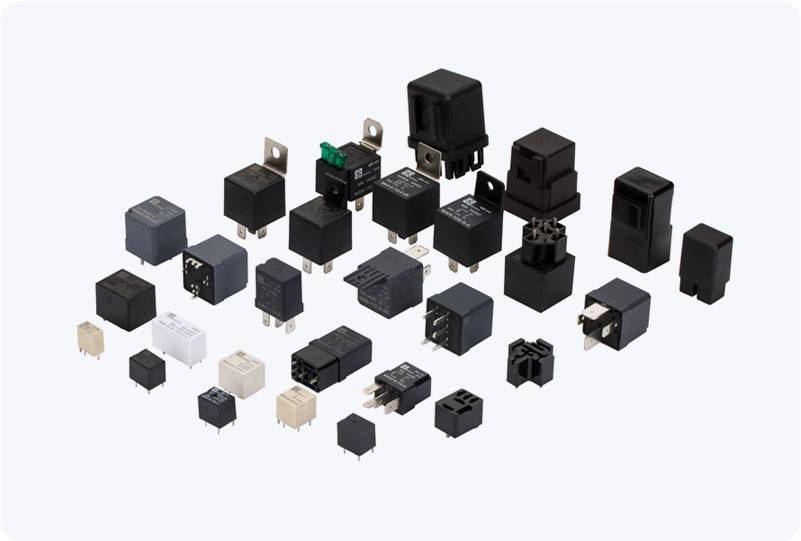Industrial relays play a crucial role in the protection and control of electrical systems. These devices are used to detect fault conditions and activate protective measures, such as circuit breakers or alarms, in industrial environments. Given their importance in ensuring the safety and efficiency of power systems, it is vital that industrial relays adhere to strict standards. One such set of standards is the IEEE (Institute of Electrical and Electronics Engineers) Standards for Industrial Relays, which outlines the requirements for the design, testing, and application of relays in industrial settings.

The Role of IEEE Standards in Industrial Relays IEEE Standards for Industrial Relays are a collection of guidelines aimed at ensuring the reliable and safe operation of relays used in industrial applications. These standards cover a wide range of aspects, including surge withstand capability, electrical performance, environmental conditions, and system compatibility. By adhering to these standards, manufacturers and operators can ensure that industrial relays perform optimally in demanding environments, reducing the risk of failures, safety hazards, and downtime. One of the primary goals of these standards is to ensure that industrial relays can withstand harsh electrical and environmental conditions. Relays in industrial settings often operate in environments with high levels of electrical noise, surge voltages, and extreme temperatures. The IEEE standards address these challenges by specifying the performance requirements that relays must meet in terms of surge resistance, operational life, and reliability.